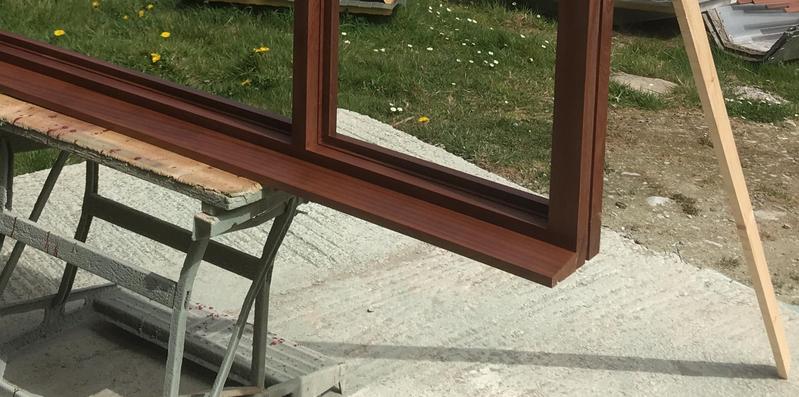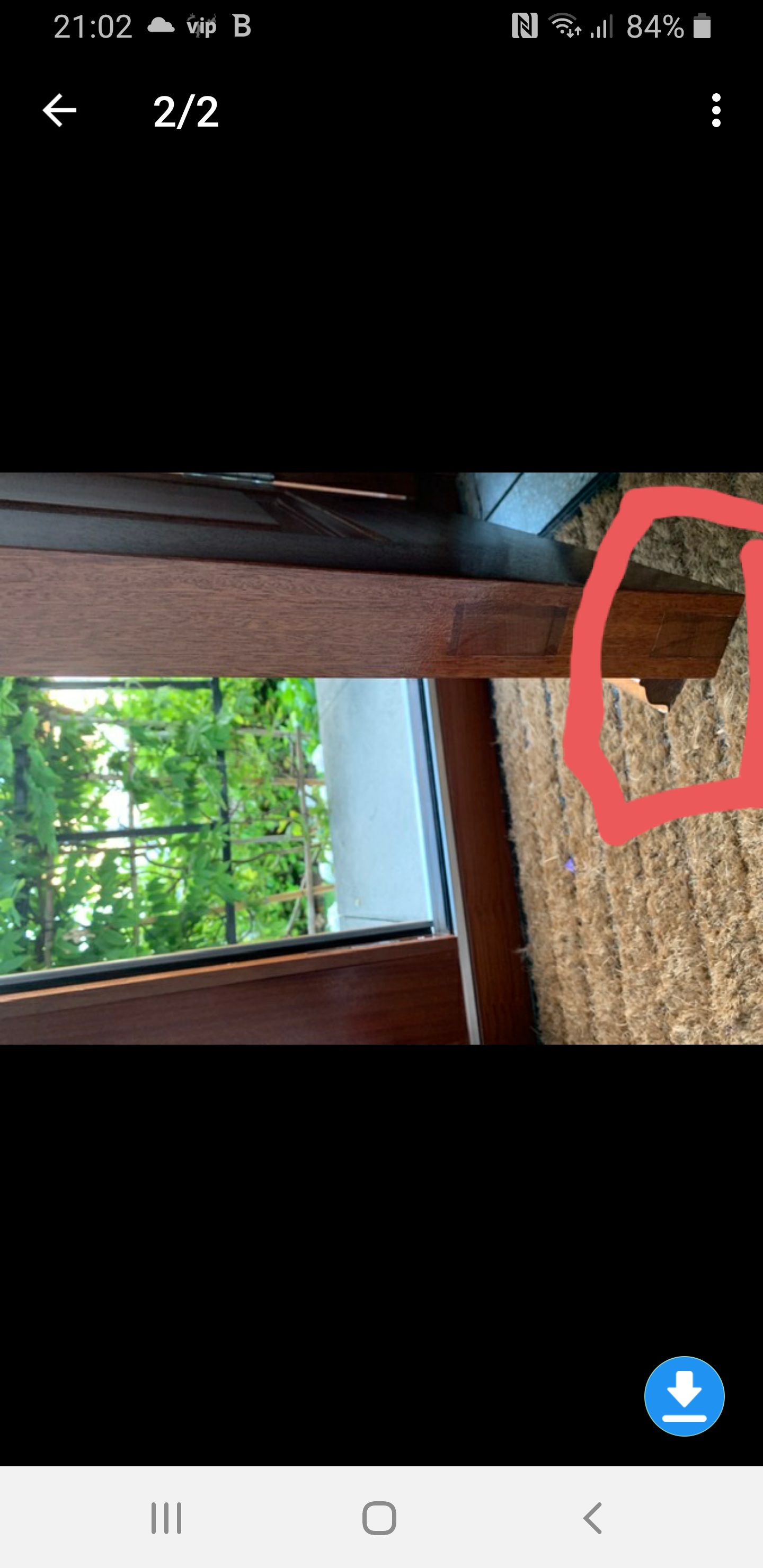Hi, we recently had wooden traditional casement windows made to replace our old windows and a new wooden door.
It has rained a fair bit since fitting and every time it rains, water accumulates under the windows. I would like to know whether this is expected of this design of window. Or, should there be a slope under the window to allow water to drain away?
Also, in terms of the door, there is a gap between the two halves and at points you can actually see air between the doors. Again, is this to be expected.
The people that made the windows have come back a couple of times but I’m not really sure if there’s anything else they can do as the design seems to be the issue....
thanks,
Gemma
It has rained a fair bit since fitting and every time it rains, water accumulates under the windows. I would like to know whether this is expected of this design of window. Or, should there be a slope under the window to allow water to drain away?
Also, in terms of the door, there is a gap between the two halves and at points you can actually see air between the doors. Again, is this to be expected.
The people that made the windows have come back a couple of times but I’m not really sure if there’s anything else they can do as the design seems to be the issue....
thanks,
Gemma







































